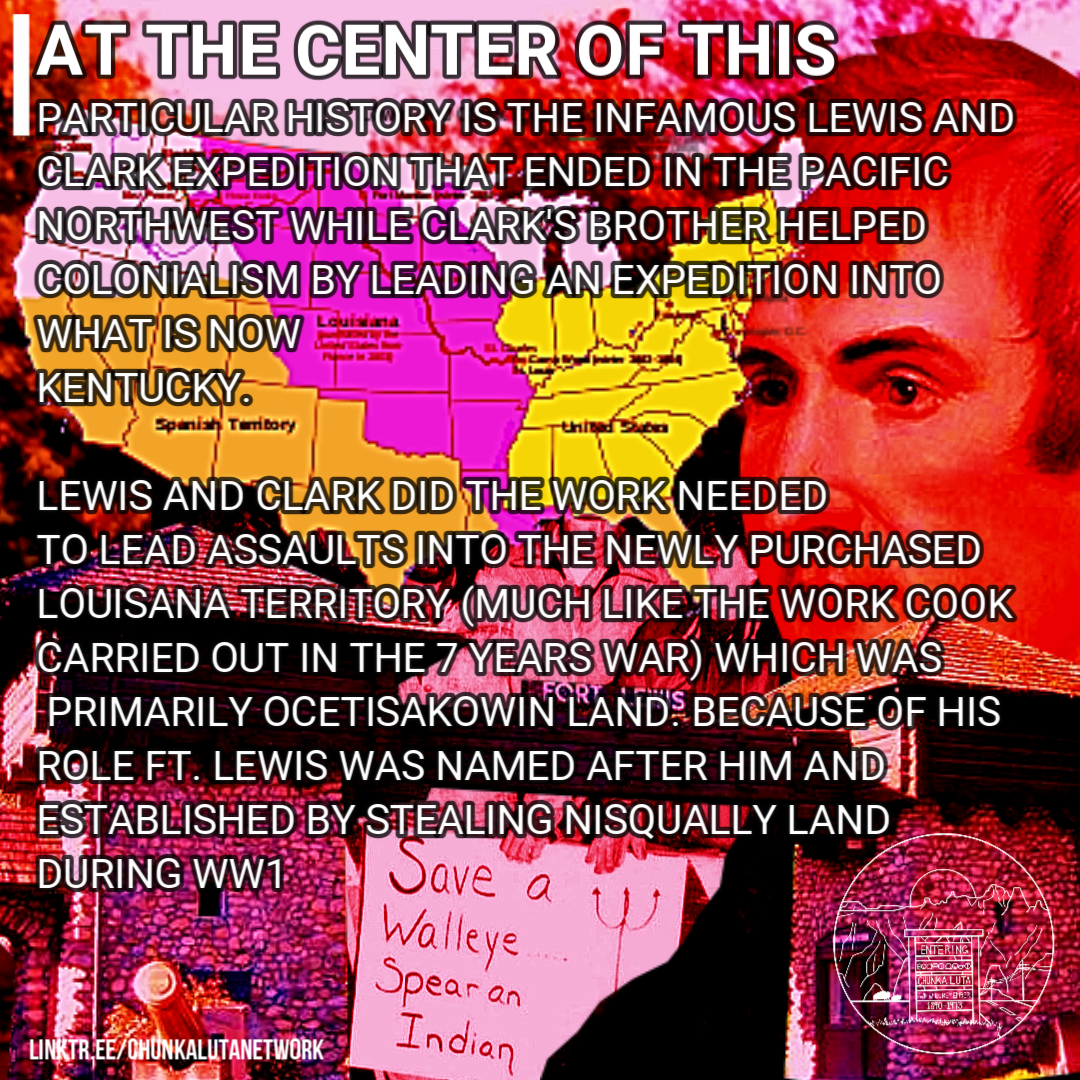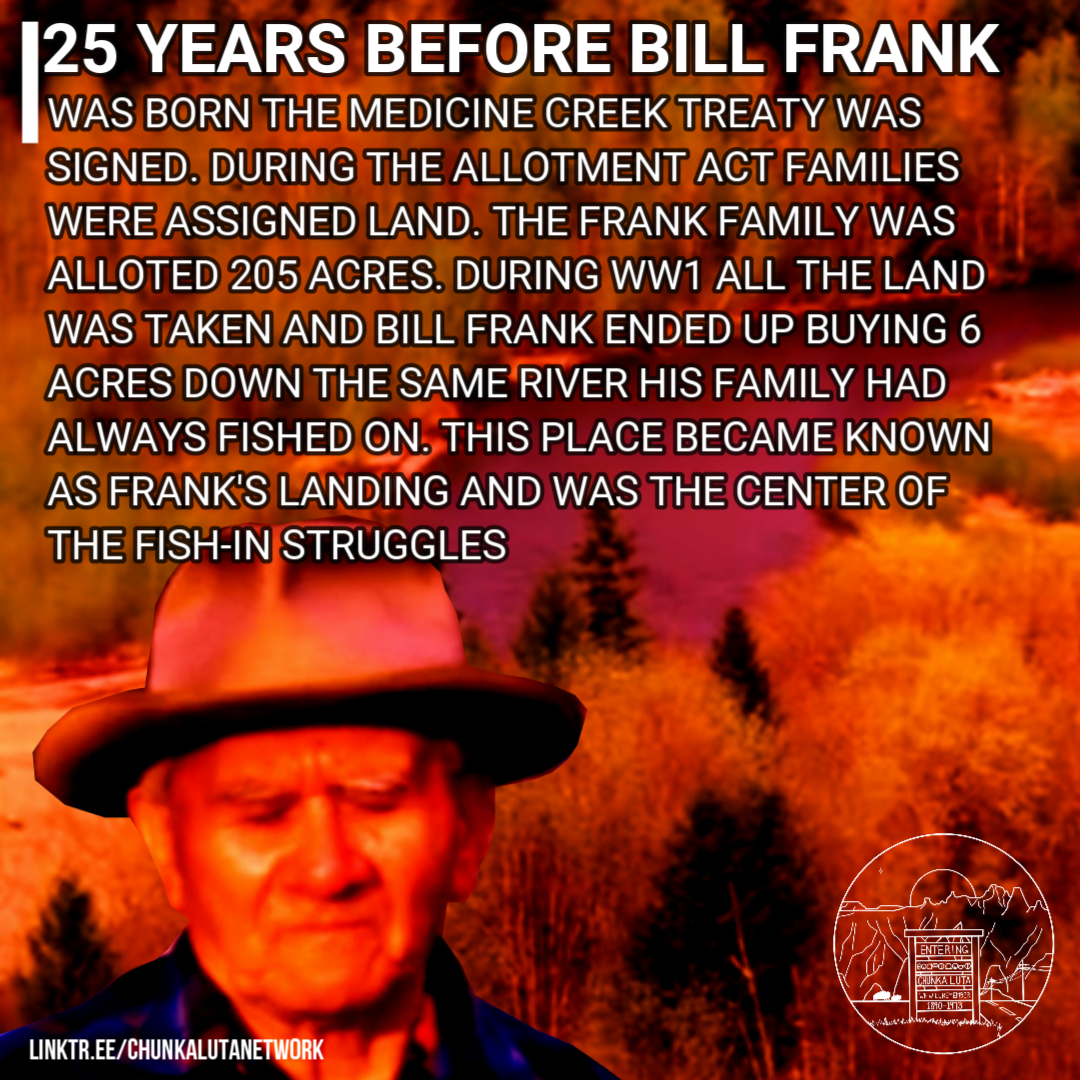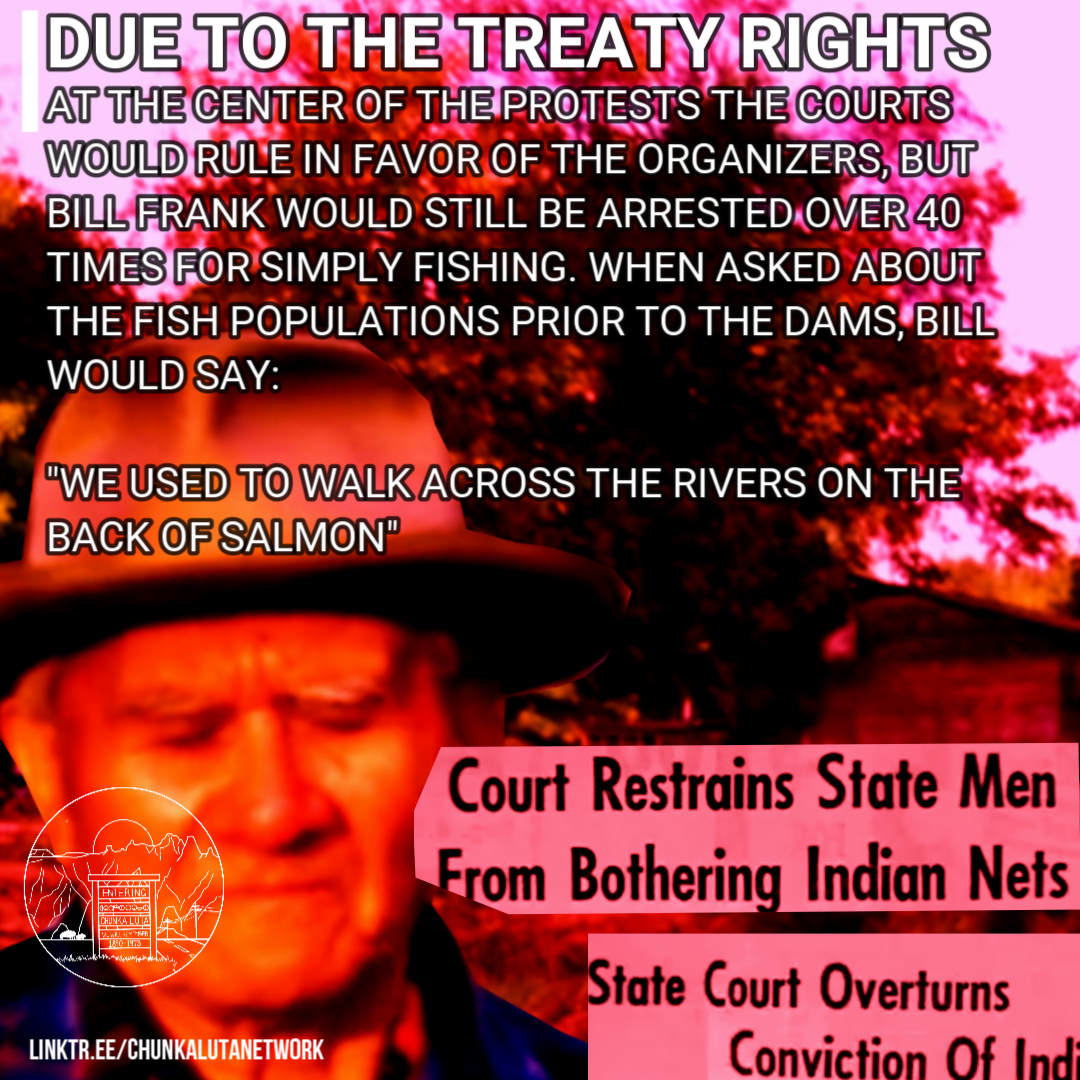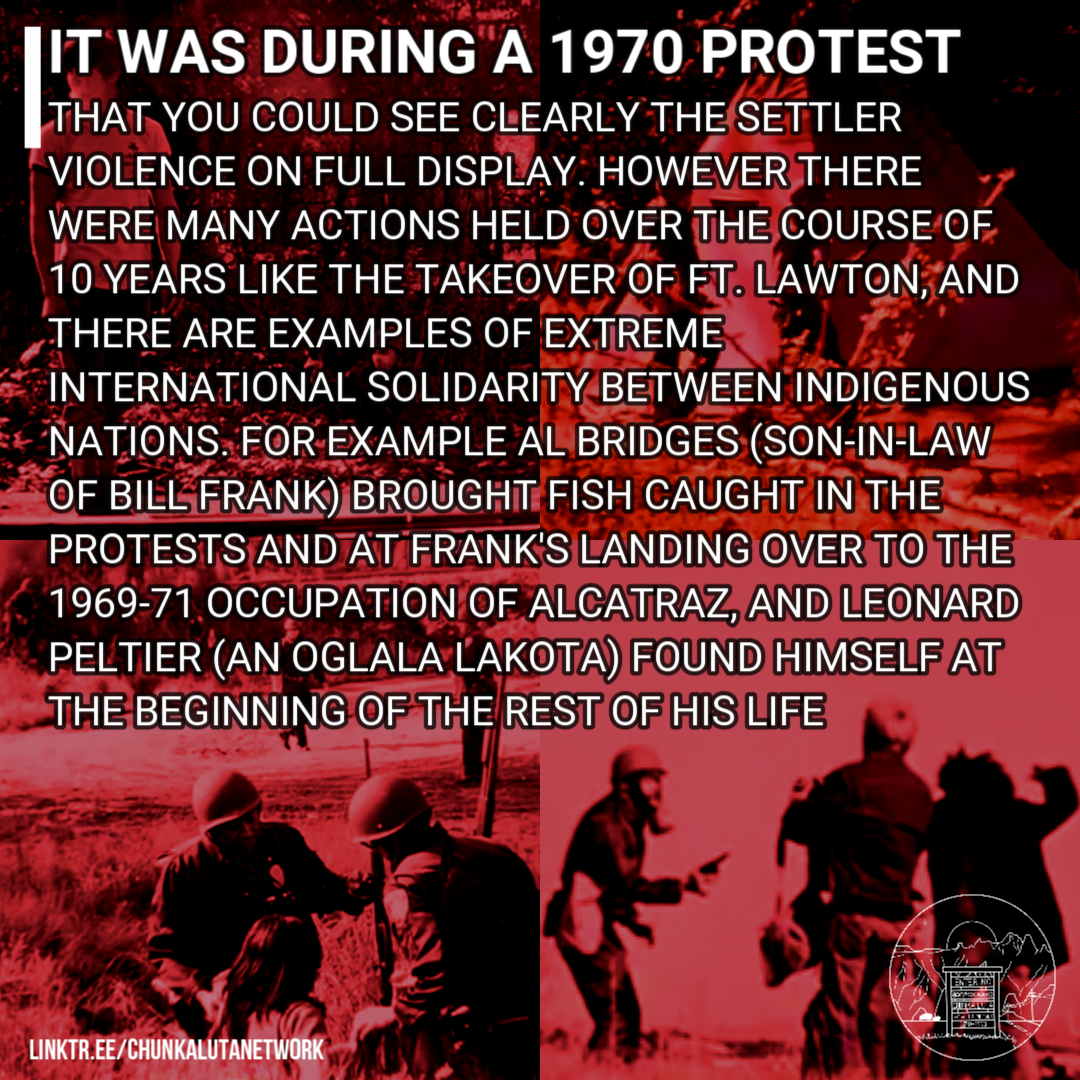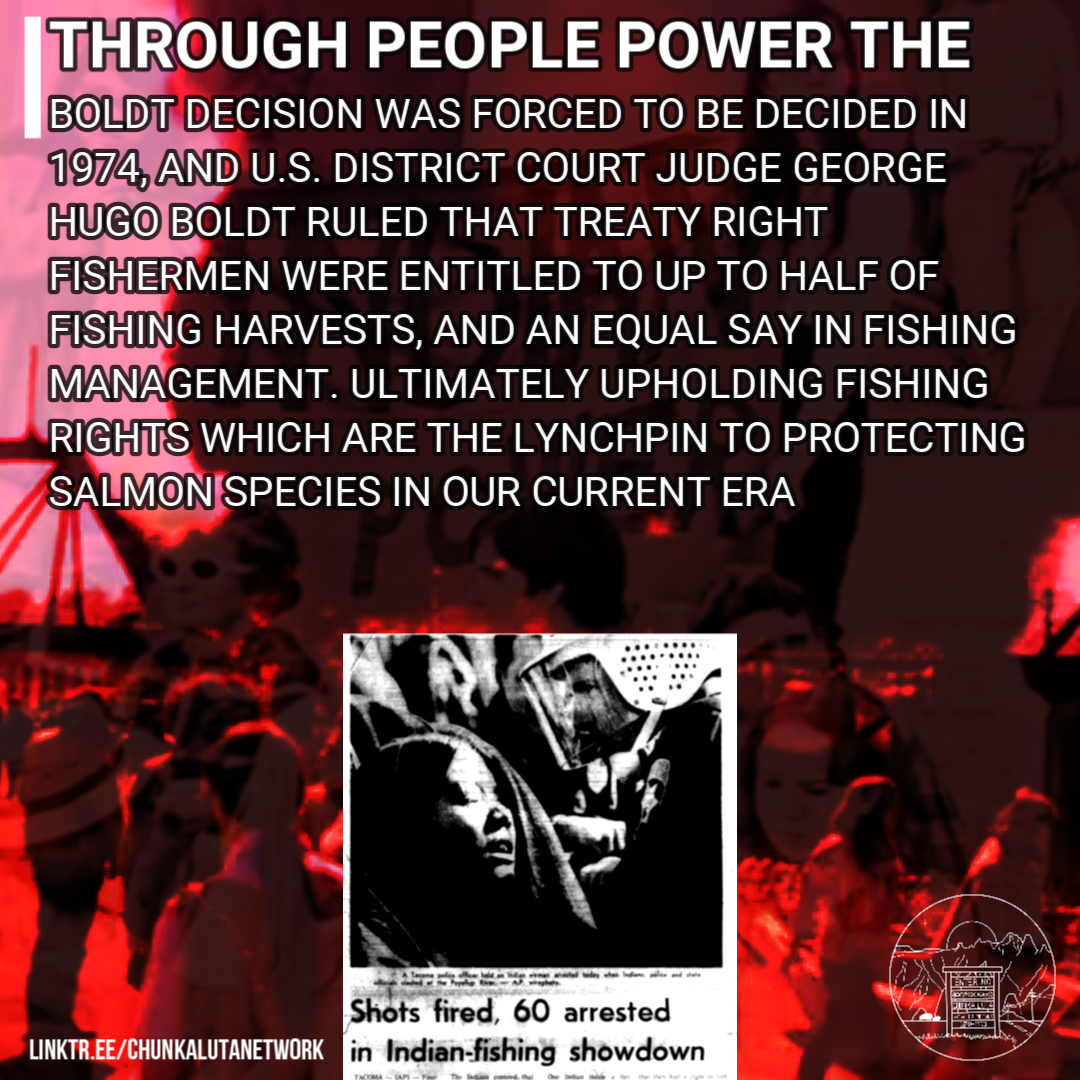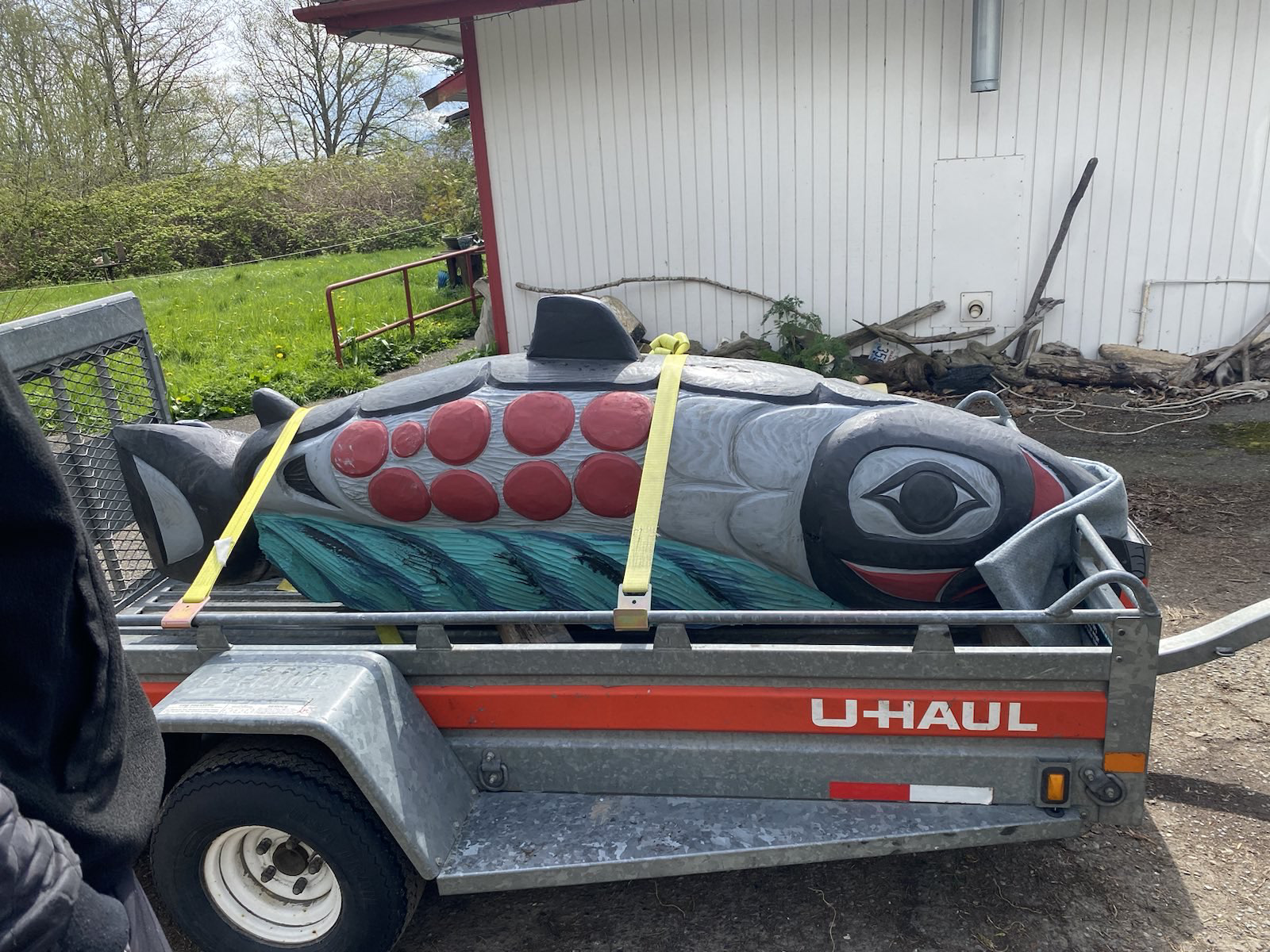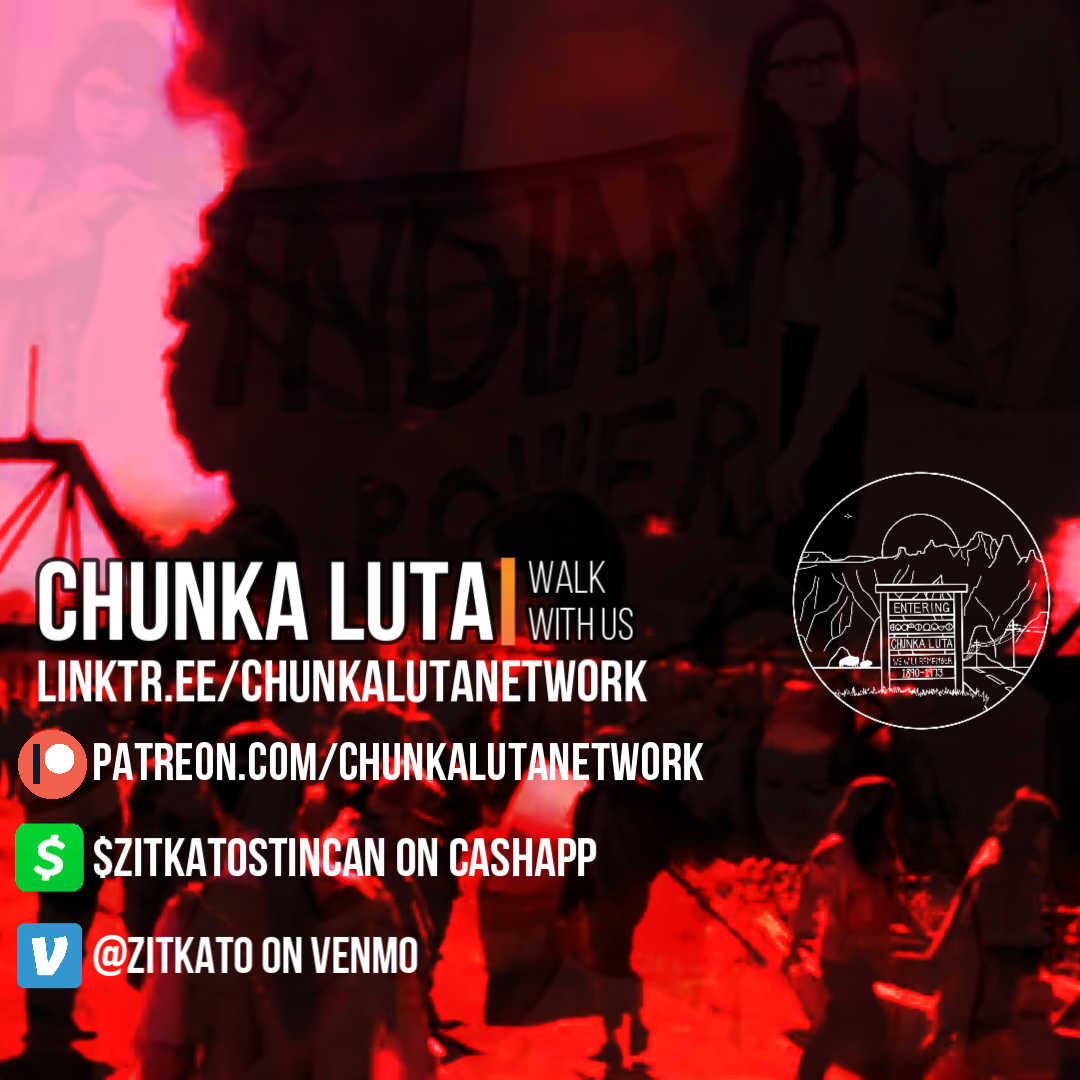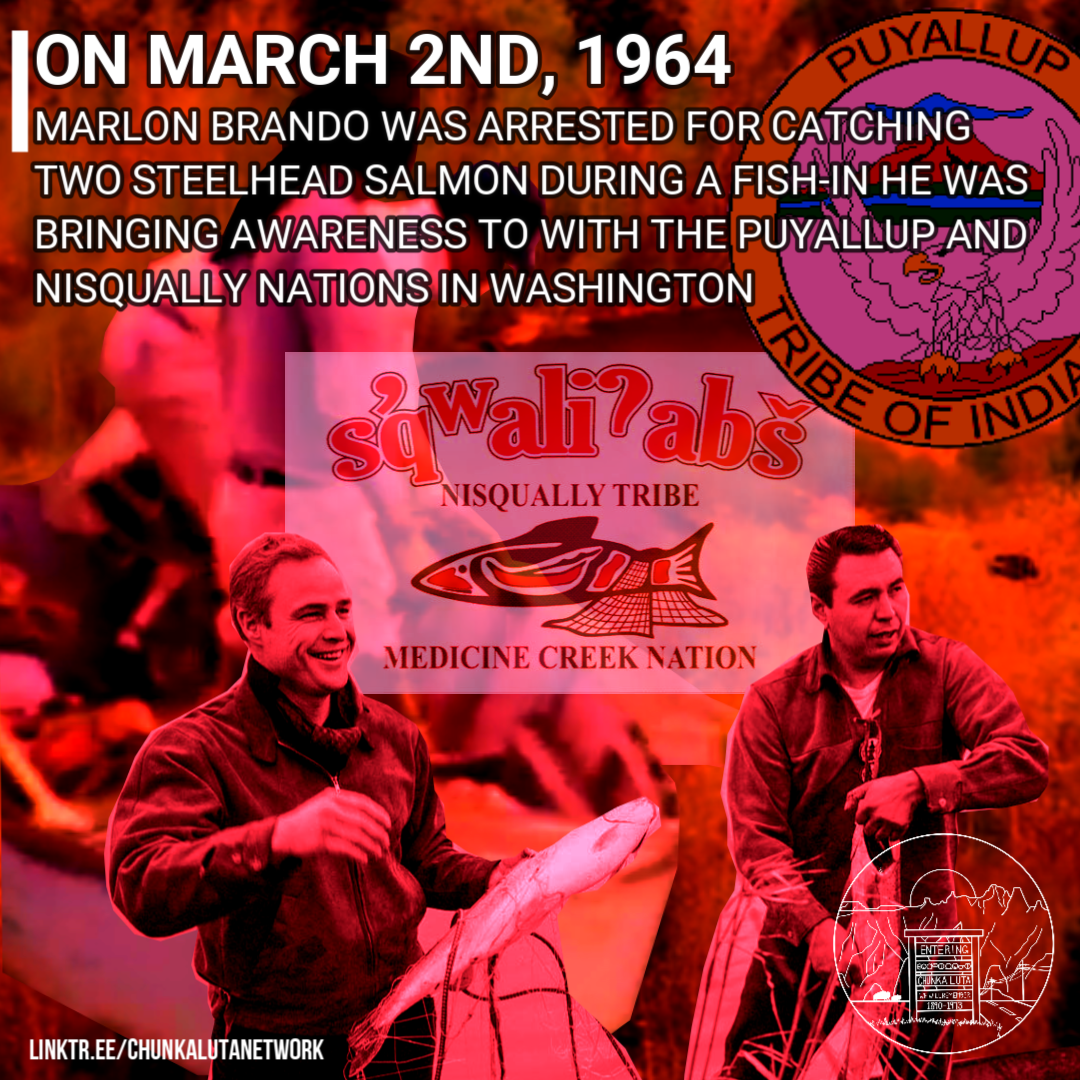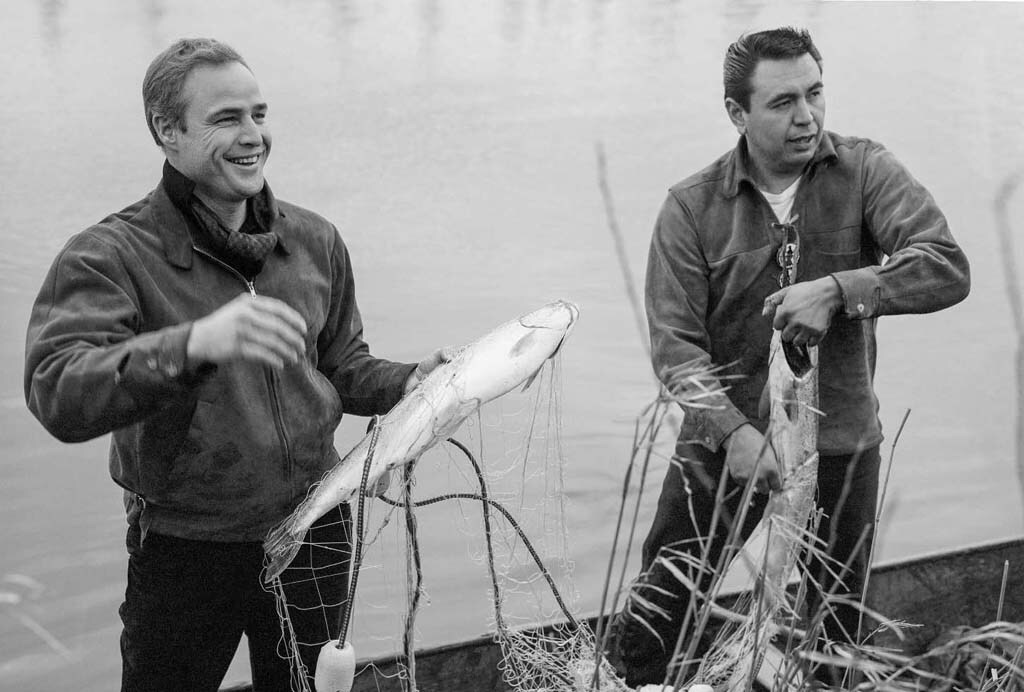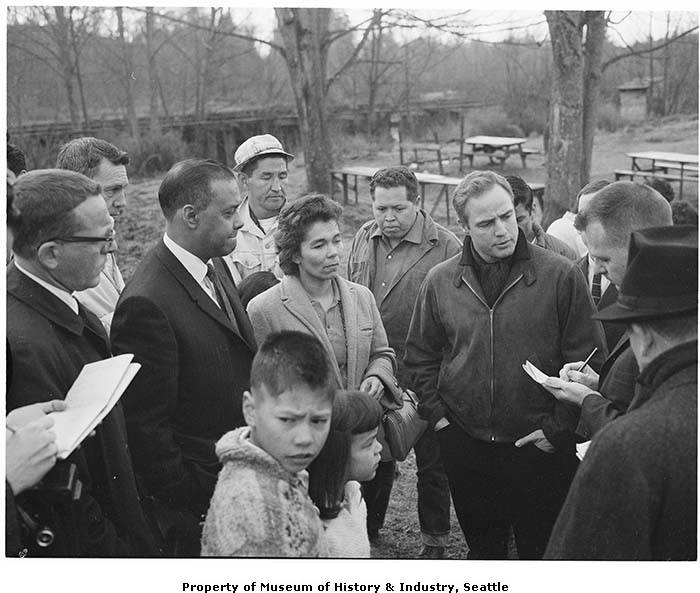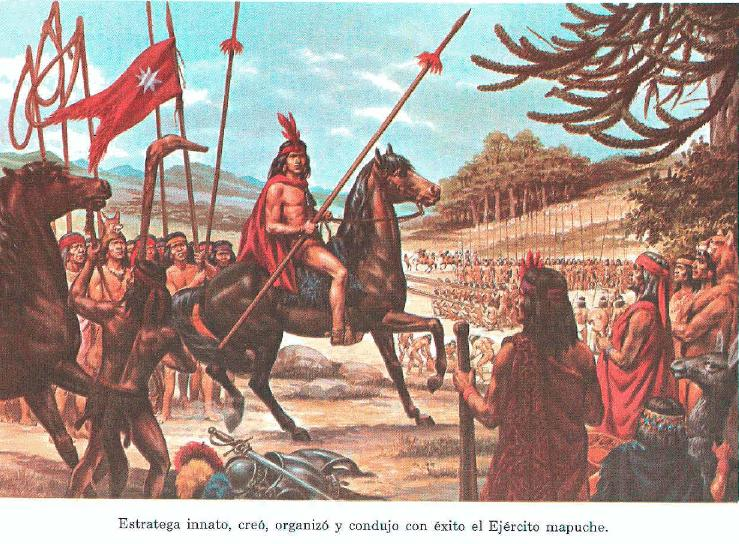Lautaro (Anglicized as 'Levtaru') (Mapudungun: Lef-Traru "swift hawk") (Spanish pronunciation: [lawˈtaɾo]; c. 1534 – April 29, 1557) was a young Mapuche toqui known for leading the indigenous resistance against Spanish conquest in Chile and developing the tactics that would continue to be employed by the Mapuche during the long-running Arauco War.
In 1546 Lautaro, son of the local chieftain named Curiñancu, was captured by Pedro de Valdivia's army in the vicinity of Concepción. He remained a prisoner of the Spaniards for six years, during which time he became Valdivia's personal companion.
Among his regular tasks was to take care of Valdivia's horses and he always had to accompany him to battles and military exercises. Thus he learned not to fear the horse, he learned to ride until he became a good horseman. In addition, he observed the battle dispositions of the Spaniards, learning from Valdivia his military tactics.
During this period, he made a certain degree of friendship with one of Valdivia's captains, Marcos Veas, who taught him the use of some weapons and cavalry tactics. This practice was common, as Lautaro had to serve as an auxiliary Indian in battles.
In 1550, during the battle of Andalién (February 22) and the battle of Penco (March 12), Lautaro witnessed the chastisements to which Valdivia made the defeated Mapuches submit, mutilating the prisoners and freeing them afterwards, as an example to avoid future rebellions; this had a deep impact on him. It is probable that as a result of these violent acts against his people, a terrible disillusionment and rebellion was engendered within him with respect to Valdivia and the Spaniards.
He escaped sometime in 1552 on horseback and also with the bugle of Pero Godinez, Valdivia's field master, returning to his people. The escape of Valdivia's page did not pass beyond the Spaniards as an almost habitual fact and they did not pursue him.
Lautaro resolutely demonstrated his natural gifts as an innate leader, he taught his people to lose their fear of horses, they learned to ride and to appreciate the horse as a combat weapon. He called meetings in the open field and taught them the military arts and the use of new weapons. He also designed a series of military tactics: the use of squads, the choice of terrain, ambush and guerrilla tactics. In this way, having the authority of the caciques, he led a great military uprising against the Spaniards, who up to that moment were victorious throughout the area between the Mapocho River and the Biobío.
Lautaro knew that his recently trained forces under his command were now in a line called "Interior Line", that is to say, between two forces, those of the Purén fort to the south and those of Concepción to the north. He chooses to neutralize one of them. He deceives Gómez de Almagro in the Purén fort and makes sure that his troops do not join Valdivia's in the Tucapel fort. Lautaro captures an emissary and learns that Valdivia is marching south and must necessarily pass through Tucapel. In effect, Valdivia in mid-December 1553 leaves Concepción and goes to Quilacoya, where he takes some soldiers on his march to Arauco, the Mapuche spies follow the column from the heights of the hills and do not present him with a battle, leaving him to make his way. Valdivia is surprised that he does not receive any news from the fort of Tucapel and that he is not harassed on the way; but he continues, his company is devastated, taken prisoner, tortured and executed.
Then he systematically razed the Spanish cities. Twice he sacked and burned Concepción, center of the Spanish settlements in the south of Chile.
For two years there was no more news of Spaniards in the region, while the situation of the Mapuche people as a result of the war and the drought had caused a great famine that ravaged the Mapuches, the crops had failed due to a season of severe drought and acts of cannibalism appeared, In addition, typhus settled among them, diminishing Lautaro's warrior strength.
Lautaro, in spite of the famine and typhus managed to lead more than 2,000 warriors and with these he crossed the Biobío for the first time and continued northward and began to recruit people among the Picunches, much more peaceful than the Mapuches.
In Santiago, Diego Cano and only 14 men were urgently sent to Santiago to find out the real situation of the Maule. In Santiago, panic spread and defenses began to be built in the city while there was still a dispute over the royal succession of Valdivia.
There is an episode within this period that narrates an interview arranged at a distance, between two hills, that occurred between Lautaro and one of Villagra's captains, Marcos Veas, an old friend of Lautaro in Valdivia's times, in which this Spanish soldier urges Lautaro to lay down his arms since he could not oppose the Spanish power forever. Lautaro responded rudely to Veas by setting the Maule as a border for the Spaniards and also asking them for a tribute in horses, women and weapons in exchange for not attacking the colony. Lautaro's offer was rejected outright by Veas and the interview and friendship ended.
Lautaro advanced towards the Maule River and once crossed, he learned that Francisco de Villagra, successor of Pedro de Valdivia, had left Santiago with a punitive battalion of 50 horsemen and 30 arquebusiers plus a thousand yanaconas. Lautaro, judging that the capital was unguarded, advanced to the north, letting Francisco de Villagra pass to the south.
In 1555, the Real Audiencia of Lima ordered Villagra to reconstruct Concepción, which was done under the command of Captain Alvarado. Upon learning of this, Lautaro successfully besieged Concepción with 4,000 warriors. Only 38 Spaniards managed to escape by sea the second destruction of the city.
After the second rout at Concepción, Lautaro desired to attack Santiago. He found scant support for this plan from his troops, who soon dwindled to only 600, but he carried on. In October 1556 his northward march reached the Mataquito River, where he established a fortified camp at Peteroa. In the Battle of Peteroa he repulsed attacking Spanish forces under the command of Diego Cano, and later held off the larger force commanded by Pedro de Villagra. Being advised that still more Spaniards were approaching, Lautaro decided to retreat towards the Maule River losing 200 warriors. With the Spaniards in hot pursuit he was forced to retire beyond the Itata River. From there he launched another campaign towards Santiago when Villagra's army passed him by on the way to save the remaining Spanish settlements in Araucanía. Lautaro had chosen to give Villagra's force the slip and head for the city to attack it.
Despite the Mapuches' stealth, the city's leaders learned of the advance and sent a small expedition to thwart it, buying time for word to be sent to Villagra to return to the city from the south. The Spanish forces met in the field, and from a member of the local ethnos, the Picunche, they learned the disposition of Lautaro's camp. At dawn, on April 29, 1557, the conquistadors launched a surprise attack from the hills of Caune, obtaining a decisive victory in the Battle of Mataquito in which Lautaro was killed early in the fighting. After the defeat of his army, his head was cut off and displayed in the plaza of Santiago.
It was April 29, 1557 (some sources mention April 30, or May 1), every April 29 is commemorated the "Day of the Heroes and Martyrs of the Mapuche Nation".
With the end of Lautaro, a remarkable figure of the Arauco war disappears, no one else came to match his conditions as a leader or his military genius, which was at the height of the great strategists of his time.
Megathreads and spaces to hang out:
reminders:
- 💚 You nerds can join specific comms to see posts about all sorts of topics
- 💙 Hexbear’s algorithm prioritizes comments over upbears
- 💜 Sorting by new you nerd
- 🌈 If you ever want to make your own megathread, you can reserve a spot here nerd
- 🐶 Join the unofficial Hexbear-adjacent Mastodon instance toots.matapacos.dog
Links To Resources (Aid and Theory):
Aid:
Theory:



